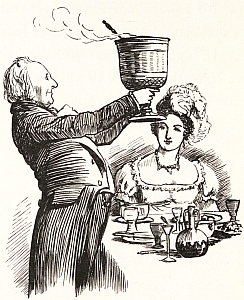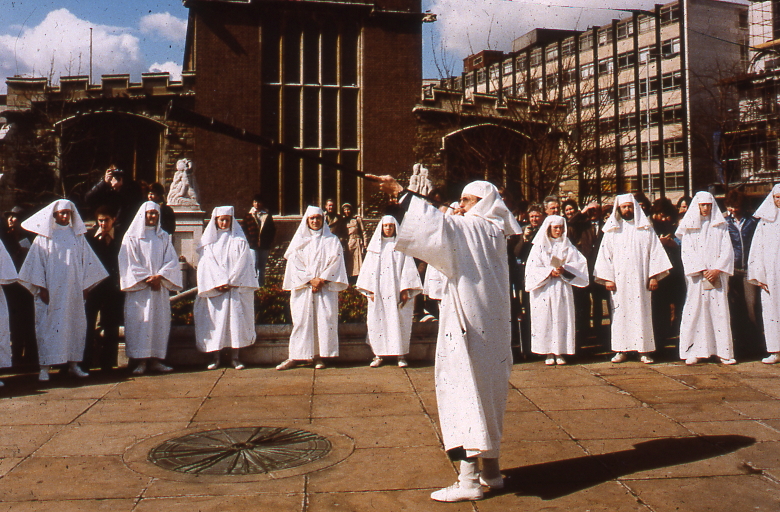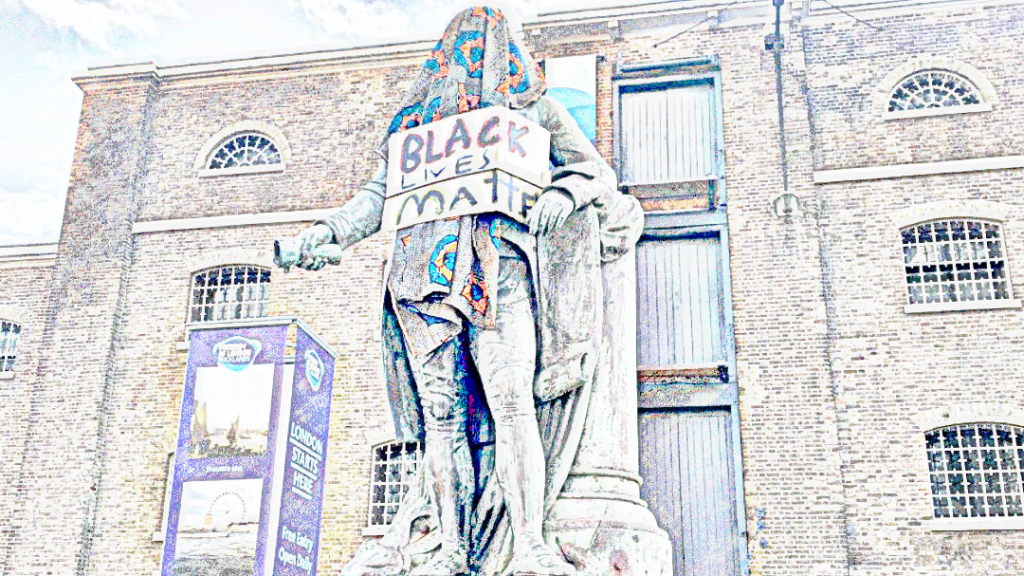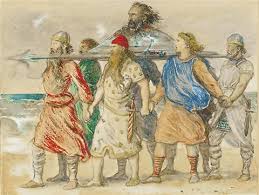
Today is the most depressing day of the year, so called Blue Monday. It was only a marketing stunt but seems to have stuck. So, ‘officially’ Blue Monday is the third Monday of the year – in 2024 156 January. It was worked out using this ‘equation’:
[W + (D-d)] x TQ
M x NA(W) weather, (D) debt, (d) monthly salary, (T) time since Christmas, (Q) time since failed quit attempt, (M) low motivational levels and (NA) the need to take action. (https://news.sky.com )
Queen Elizabeth 1’s Coronation
Queen Elizabeth 1 ascended the throne on 17 Nov 1558. Her courtiers immediately began work on the Coronation, scheduled for January 15th 1559. In terms of Coronations, this was rushed. The precise date was, in fact, chosen by the Royal Astrologer, John Dee on a date that the celestial bodies deemed propitious, and which was sooner rather than later because Elizabeth’s position was not secure.
Her accession was certainly greeted with an outbreak of joy by the Protestant population. But the supporters of her dead sister Mary 1 did not want a Protestant monarch. On hearing the news of the death of her sister, Elizabeth rushed to occupy the Tower of London, even shooting London Bridge, such was her haste. She consulted lawyers about the legal position. Elizabeth, and her sister Mary, had been declared bastards by two Succession Acts passed during Henry VIII’s ‘troubled’ married life. The Third Succession Act of 1543/44, following Henry’s marriage to Katherine Parr, had restored Mary and Elizabeth to the Royal line but did not restore their legitimacy. Rather than tackle the complex legislation, Sir Nicholas Bacon, the Lord Keeper of the Great Seal, advised:
“the English laws have long since pronounced, that the Crowne once worn quite taketh away all Defects whatsoever“.
Which, when you think about it, basically legitimises successful any ‘Coup’! And, from a legal perspective, she was still, arguably, illegitimate.
The Coronation began with a procession from the Whitehall Palace in Westminster back to the Tower of London for the Vigil, then a Royal Procession through the City of London to Westminster Abbey for the Coronation service, followed by the traditional Coronation Banquet at Westminster Hall.
The Vigil Procession was on the Thames where she was escorted to the Tower by ‘ships, galleys, brigantines‘ sumptuously decorated. The Royal Entry consisted of 5 Pageants and 11 Triumphal Arches.
The first pageant showed the Queen’s descent from Henry VII and his marriage to Elizabeth of York. This marriage effectively ended the Wars of the Roses by linking the House of York and the House of Lancaster. The pageant also emphasised her ‘Englishness’ as opposed to the Spanish affiliations of Mary. The second pageant demonstrated that the Queen would rule by the four virtues of True Religion, Love of Subjects, Wisdom and Justice, while trampling on Superstition, Ignorance and other vices.
The third pageant, at the upper end of Cheapside near the Guildhall, provided the opportunity for the City to give Elizabeth a handsome crimson purse with 1000 marks of gold, showing the closeness of the City and the Crown. The fourth pageant, contrasted a decaying country during the time of Mary with a thriving one under Elizabeth. It featured the figure of Truth, who was carrying a Bible written in English and entitled ‘the Word of Truth’. The Bible was lowered on a silken thread to the Queen, who kissed it and laid it on her breast to the cheers of the crowd. She promised to read it diligently. The final pageant was Elizabeth portrayed as Deborah, the Old Testament prophet, who by rescuing Israel and ruling for 40 years was an ideal role model for Elizabeth. (https://www.rmg.co.uk/stories/topics/queen-elizabeth-coronation)
‘All the houses in Cheapside were dressed with banners and streamers, and the richest carpets, stuffs and cloth of gold tapestried the streets’.
British History.ac.uk Vol 1 pp315 -332.
The Coronation was traditional – in Latin and presided by a Catholic Bishop, but there were significant innovations. Important passages were read both in Latin and in English, and the Queen added to the Coronation Oath that she would rule according to the ‘true profession of the Gospel established in this Kingdom.’ This showed the way forward, introducing innovation gradually into tradition, but emphasizing that the fundamentals had indeed changed. This was going to be a Protestant reign.
Please do remember, I wrote a best-selling book on the Kings and Queens of Britain which k has been reprinted several times and is available below.




















